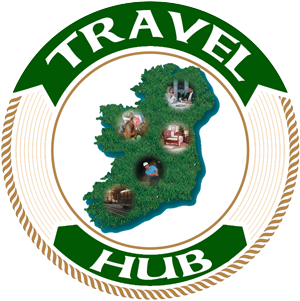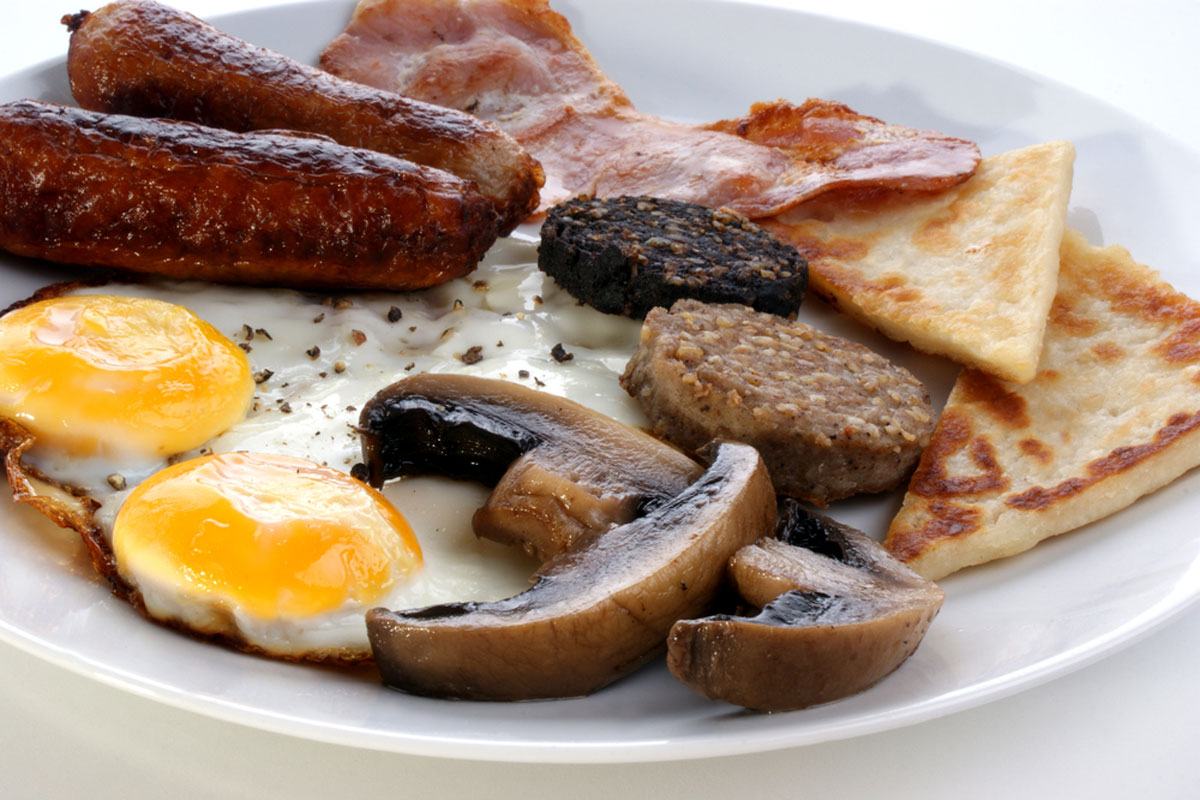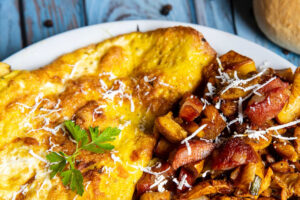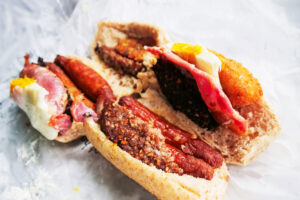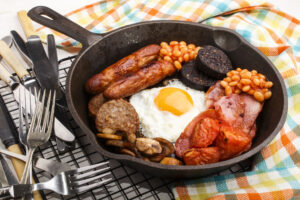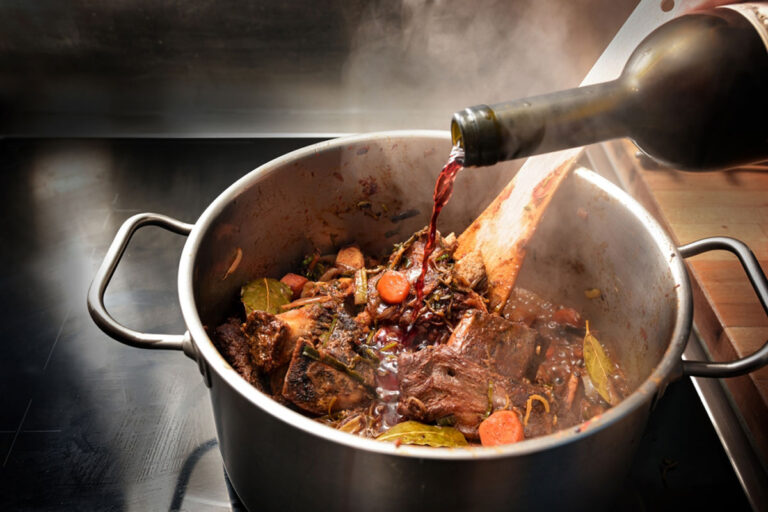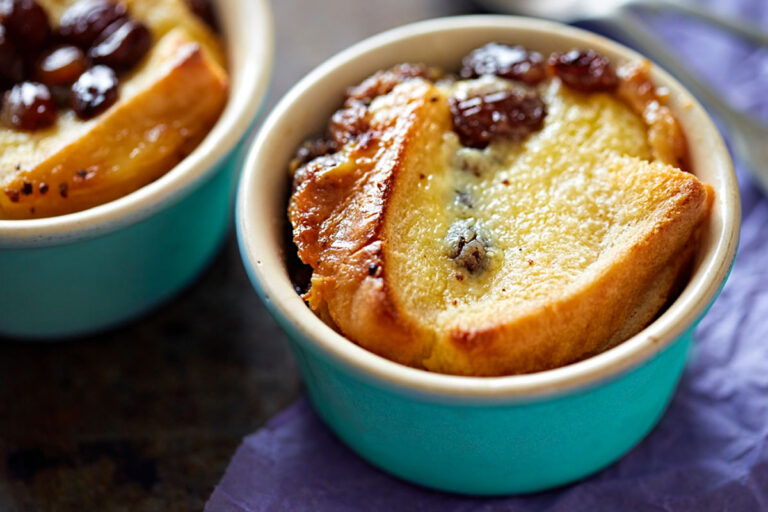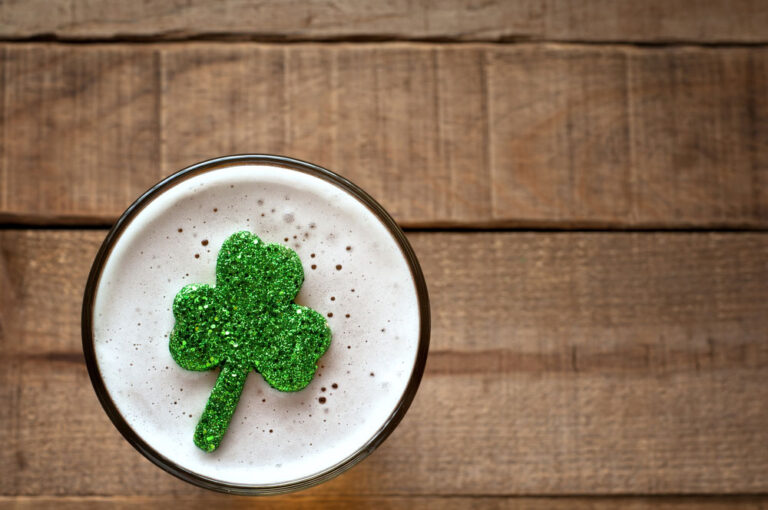The Origins of the Irish Breakfast
The full Irish breakfast is one of the most beloved and iconic meals in Ireland, a hearty feast that has sustained generations. However, what many don’t realize is that this breakfast tradition varies depending on where you are in Ireland. From the rich, buttery scones of the southwest to the fried delights of Northern Ireland’s famous Ulster Fry, each region has its own interpretation of the perfect morning plate.
The origins of the Irish breakfast stretch back centuries, rooted in the rural farming communities where a substantial meal was essential for a hard day’s labor. Farmers needed something filling and nutrient-dense, leading to a breakfast centered around protein-rich meats, fresh eggs, and locally made bread. Over time, this meal became a staple across the island, served in homes, hotels, and cafés.
While the core elements remain similar—fried eggs, bacon (rashers), sausage, black pudding, and toast—there are key differences between the classic Full Irish and the Ulster Fry. These differences aren’t just about taste; they reflect history, culture, and even the influence of British and Irish traditions in different parts of the island.
The Ulster Fry – Northern Ireland’s Signature Breakfast
If there’s one thing that unites Northern Ireland’s breakfast lovers, it’s the Ulster Fry—a golden, crispy, and deeply satisfying morning meal that holds a special place in local culture. While it shares some elements with the Full Irish and even the English breakfast, the Ulster Fry has a distinct identity, primarily due to its emphasis on fried breads and specific cooking techniques.
At its core, the Ulster Fry includes:
- Eggs (fried, never scrambled)
- Bacon (Rashers) (thicker and meatier than American bacon)
- Sausages (usually pork, sometimes spiced)
- Black Pudding (a blood sausage, rich and earthy)
- White Pudding (a lighter, grain-filled cousin of black pudding)
However, what truly sets the Ulster Fry apart is its bread selection. While most Irish breakfasts feature toast or soda bread on the side, the Ulster Fry includes two uniquely Northern Irish staples:
- Soda Bread – A dense, slightly tangy bread made with baking soda instead of yeast. In the Ulster Fry, it’s sliced and fried until golden and crispy.
- Potato Bread (Fadge) – A flatbread made from mashed potatoes, flour, and butter, also fried for a crispy exterior and soft, fluffy center.
Another key difference is the cooking method—everything in an Ulster Fry is typically fried in the same pan, allowing the flavors to mix and create a rich, savory experience. This contrasts with the Full Irish, where components might be grilled or cooked separately for a slightly lighter taste.
The Ulster Fry is more than just a meal—it’s a cultural institution. Found in cafés, hotels, and roadside diners across Northern Ireland, it’s the go-to breakfast for locals and visitors alike. Whether served on a casual morning or as the perfect remedy after a night out, the Ulster Fry is a comforting, indulgent start to the day.
The Full Irish Breakfast – A Southern Staple
While the Ulster Fry reigns supreme in Northern Ireland, the Full Irish Breakfast is the undisputed champion in the Republic of Ireland. Though both meals share many common ingredients, the Full Irish has its own distinctive character, shaped by regional traditions and local ingredients.
At its core, a Full Irish typically includes:
- Eggs (fried or scrambled, sometimes poached)
- Bacon (Rashers) (thicker and meatier than American-style bacon)
- Sausages (pork, often seasoned with herbs)
- Black Pudding (rich and earthy blood sausage)
- White Pudding (a milder, grain-based alternative to black pudding)
- Baked Beans (a common but not universal addition)
- Grilled Tomatoes (halved and lightly grilled or fried)
- Mushrooms (fried in butter for added richness)
- Toast or Brown Soda Bread (served with butter and jam)
What Sets the Full Irish Apart?
One of the biggest differences between the Full Irish and the Ulster Fry is the approach to bread. While the Ulster Fry features fried soda bread and potato bread, the Full Irish tends to lean towards grilled or toasted bread, often brown soda bread, which has a distinctive, slightly nutty flavor. This small but significant difference makes the Full Irish feel a bit lighter in comparison to the oil-rich Ulster Fry.
Another key distinction is the inclusion of baked beans and grilled tomatoes, which are more common in the Republic of Ireland than in the north. These additions add a touch of sweetness and acidity, balancing out the richness of the meats and eggs.
Cooking Methods: Fry vs. Grill
While frying is the dominant method in an Ulster Fry, the Full Irish often incorporates grilled elements, such as tomatoes, mushrooms, and even rashers. This means that a Full Irish can sometimes be a little less greasy, depending on how it’s prepared.
A Meal Steeped in Tradition
The Full Irish is a staple of hotels, B&Bs, and cafés throughout the Republic, often served with a pot of strong Irish tea or even a morning pint of Guinness for those feeling particularly bold. Whether eaten as a special weekend treat or to power through a busy workday, it remains a comforting, nostalgic meal for many.
Regional Variations – How Different Parts of Ireland Do Breakfast
While the Ulster Fry and Full Irish are the most well-known breakfast traditions, Ireland’s morning meal isn’t a one-size-fits-all affair. Different counties and provinces have put their own unique spin on the classic fry-up, incorporating local ingredients, cooking methods, and traditions that reflect the character of each region.
1. Cork’s Buttery Delight: The Drisheen Breakfast
In County Cork, the Full Irish often includes drisheen, a unique type of blood pudding that’s darker and softer than standard black pudding. Cork’s famous white pudding also has a distinct flavor, thanks to a higher proportion of pork meat and local spices. And no breakfast in Cork is complete without plenty of real butter—whether spread over bláa (a soft white roll) or traditional brown soda bread.
2. The Kerry Breakfast: A Taste of the Atlantic
In County Kerry, seafood sometimes makes its way onto the breakfast table, with smoked salmon or even kippers (smoked herring) served alongside traditional fry-up elements. The eggs here are often free-range and farm-fresh, reflecting the county’s strong agricultural traditions.
3. Galway’s Boxty Tradition
In the west of Ireland, particularly in Galway and Mayo, boxty (a type of potato pancake) is a beloved breakfast addition. While potato farls dominate Northern Ireland’s breakfast scene, boxty provides a slightly different texture—soft and fluffy on the inside, crisp on the outside—making it a perfect complement to eggs and rashers.
4. Dublin’s Café Culture Influence
As Ireland’s capital, Dublin has embraced modern twists on the traditional Full Irish. While you can still find classic fry-ups in old-school pubs and hotels, many cafés now serve a “healthier” Irish breakfast, swapping fried elements for poached eggs, grilled meats, and even avocado on soda bread toast. Some trendy spots also offer a vegetarian Irish breakfast, featuring plant-based sausages, mushrooms, and spinach.
5. The Ulster Fry’s Variations in Different Counties
Even within Northern Ireland, the Ulster Fry isn’t exactly the same everywhere. In Belfast, it’s common to find an extra portion of fried bread alongside soda and potato farls, while in Fermanagh and Tyrone, the breakfast often includes an extra helping of local sausages made with a unique blend of herbs and spices. In more rural areas, a farmhouse-style Ulster Fry might include freshly churned butter and homemade preserves on the side.
A Breakfast for Every Taste
No matter where you are in Ireland, the traditional breakfast is more than just food—it’s a reflection of local heritage and flavors. While the Full Irish and Ulster Fry remain the most recognizable versions, each region has found ways to make the morning meal its own.
The Evolution of the Irish Breakfast – Tradition Meets Modern Trends
The Full Irish Breakfast and Ulster Fry have long been staples of Irish morning culture, but like all culinary traditions, they have evolved with the times. While the classic fry-up remains beloved, modern trends—ranging from health-conscious dining to plant-based alternatives—are reshaping how Ireland enjoys its most iconic meal.
1. The Rise of the Healthier Irish Breakfast
With growing awareness of nutrition and dietary balance, many Irish cafés and restaurants have begun offering lighter takes on the traditional breakfast. These versions often feature:
- Grilled meats instead of fried (leaner rashers, turkey sausages)
- Poached or scrambled eggs instead of fried
- Wholegrain soda bread instead of white toast
- Avocado and fresh greens as side additions
- Less emphasis on processed meats like black and white pudding
Dublin’s café scene, in particular, has embraced this trend, with many spots serving an “artisan” Irish breakfast featuring locally sourced, organic ingredients.
2. The Vegetarian and Vegan Irish Breakfast
As plant-based diets gain popularity, restaurants across Ireland have introduced vegetarian and vegan versions of the Irish breakfast. Some creative swaps include:
- Plant-based sausages and rashers (made from soy, mushrooms, or pea protein)
- Tofu scramble instead of eggs
- Grilled mushrooms, tomatoes, and spinach as protein-rich replacements
- Vegan black pudding (made from oats, beans, and spices)
This trend is particularly strong in urban areas like Dublin, Galway, and Belfast, where plant-based cafés are thriving.
3. Gourmet and International Influences
High-end restaurants and boutique hotels have also put their own spin on the Irish breakfast, introducing elements from international cuisine. Some modern takes include:
- Eggs Benedict with soda bread and Irish bacon
- Full Irish with truffle-infused mushrooms
- Breakfast burritos filled with black pudding and scrambled eggs
- Middle Eastern-style baked eggs (shakshuka) with Irish sausages
These adaptations show how the Irish breakfast has become a canvas for culinary innovation while still honoring its roots.
4. The Role of the Irish Breakfast in Modern Culture
Despite all these changes, the classic Irish breakfast remains a cultural institution. It’s still the go-to choice for weekend brunch, a hangover cure, and a nostalgic meal that connects people to their heritage. Whether served in a traditional pub, a contemporary café, or a rural B&B, the Irish breakfast continues to bring comfort and satisfaction.
The Future of the Irish Breakfast
While health trends and global influences are reshaping the way people enjoy this meal, the heart of the Irish breakfast remains unchanged: quality local ingredients, a generous serving, and a connection to Ireland’s culinary past. Whether it’s an old-school Ulster Fry or a modern vegan interpretation, the Irish breakfast will always be a defining part of Ireland’s food culture.
So, whether you prefer fried potato farls in Belfast or grilled tomatoes and soda bread in Dublin, one thing is certain—the Irish breakfast, in all its forms, is here to stay.
IRISH BREAKFAST OMELETTE
Description: A hearty omelette inspired by the traditional Irish breakfast,...
Read MoreIRISH BREAKFAST ROLL
Description: The Irish Breakfast Roll is a hearty, satisfying sandwich...
Read MoreTRADITIONAL IRISH BREAKFAST
Description: A hearty breakfast consisting of bacon, sausages, black and...
Read More